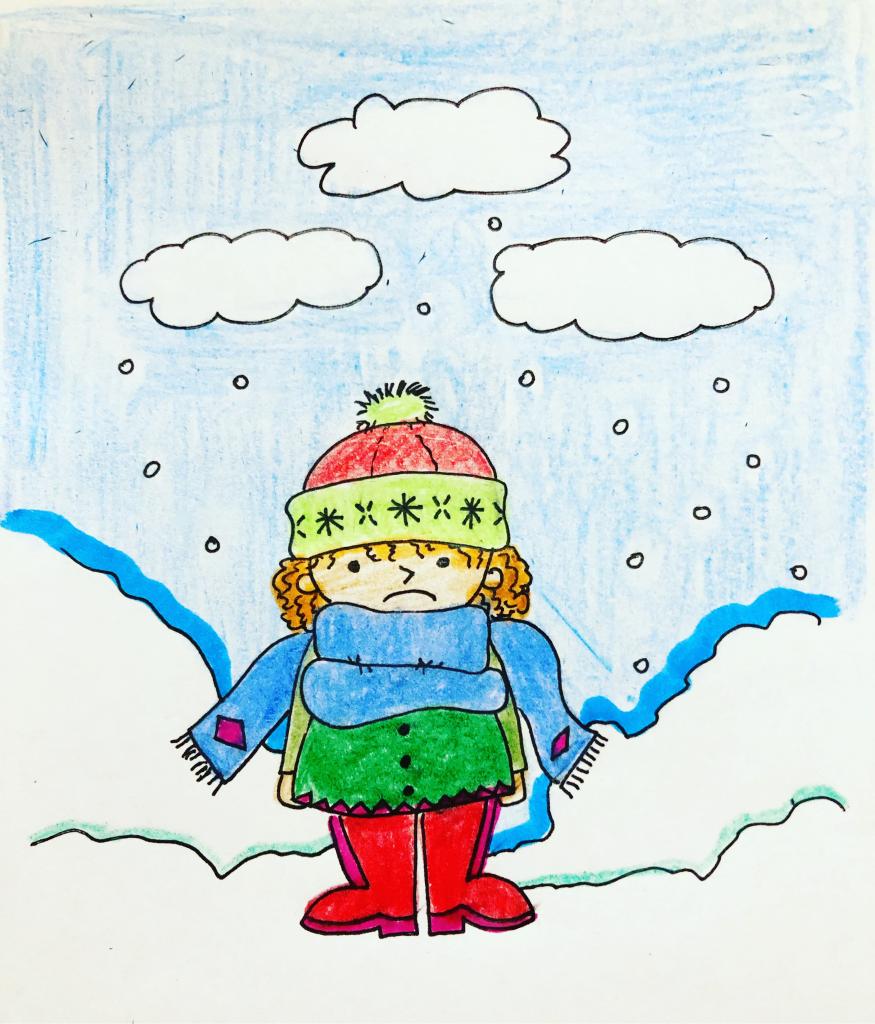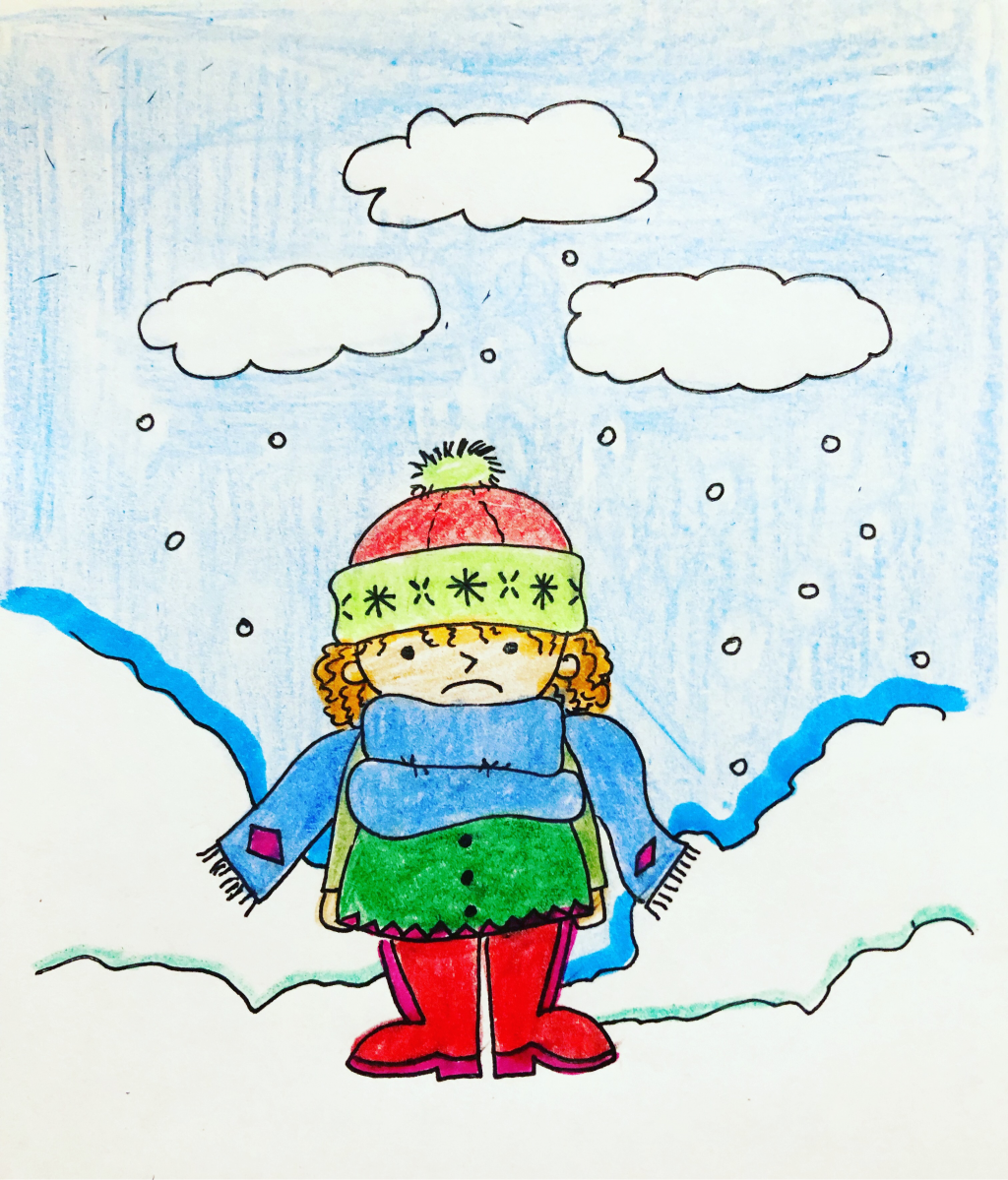
The light outside the classroom window seems to get darker and darker each day. It becomes easier to give into laziness as cold temperatures make staying under the covers more enjoyable. You find yourself sleeping in the extra few minutes in the morning. In school you’re more tired, lazy, and cranky because of the loads of work you have to finish.
Winter isn’t easy on anyone.
As the gloomy winter months drag on, staying active is key to drowning out those feelings of fatigue and sadness that descend on many people. But for some, these depressive winter symptoms can become more extreme and can actually lead to a diagnosis of Seasonal Depression or Seasonal Affective Disorder (SAD).
Seasonal Depression is a type of repeated major depression with a seasonal pattern. Most people afflicted by SAD begin to experience symptoms as sunlight decreases during the winter months. While this depression most often occurs during the winter, it can also materialize during the summer months.
The symptoms vary for the different times of year. In the winter, symptoms usually include lack of energy, difficulty concentrating, fatigue, greater appetite, weight gain, social withdrawal, and greater need for sleep. On the other hand, those who experience this type of mood disorder in the summer will experience symptoms such as insomnia, weight loss, decreased appetite, anxiety, and episodes of violent behavior.
Some researchers believe SAD arises from the brain’s difficulty in regulating the neurotransmitter serotonin, which is responsible for controlling mood. People with SAD are reported to have 5% more serotonin transporter proteins in the winter months than in the summer, which causes a decrease in the production of serotonin. Another theory is that SAD stems from the overproduction of the hormone melatonin, which regulates sleep. With darker and shorter days, the production of melatonin increases, causing people with SAD to feel more fatigued and sleepy. People with this disorder might also lack sufficient amounts of Vitamin D, which plays a role in serotonin activity.
This type of depression is widespread, more frequently occurring in places further from the equator where the winter months cause less sunlight. In addition, more women are at risk for the disorder as well as young people. If depression or bipolar disorder runs in the family or if you have experienced depression before, you also have an increased risk for developing SAD. More than 10 to 20 percent of Americans report feeling tired or sad when there are fewer hours of daylight.
Taking effective measures before the long winter is important to avoiding the common symptoms of Seasonal Affective Disorder. Eating a balanced diet and exercising more, as well as staying involved with your social circle and family can greatly improve your mood and make you less susceptible to developing SAD. These are key steps to help beat the winter blues.
Julia Zambito
staff writer
Graphic: Nicole Kye

